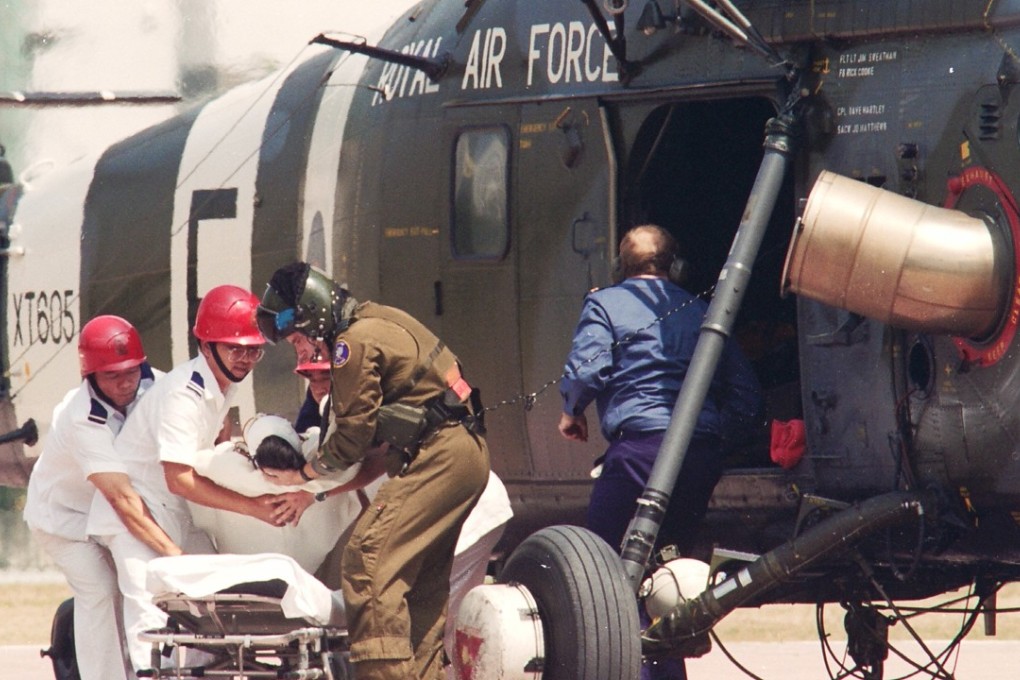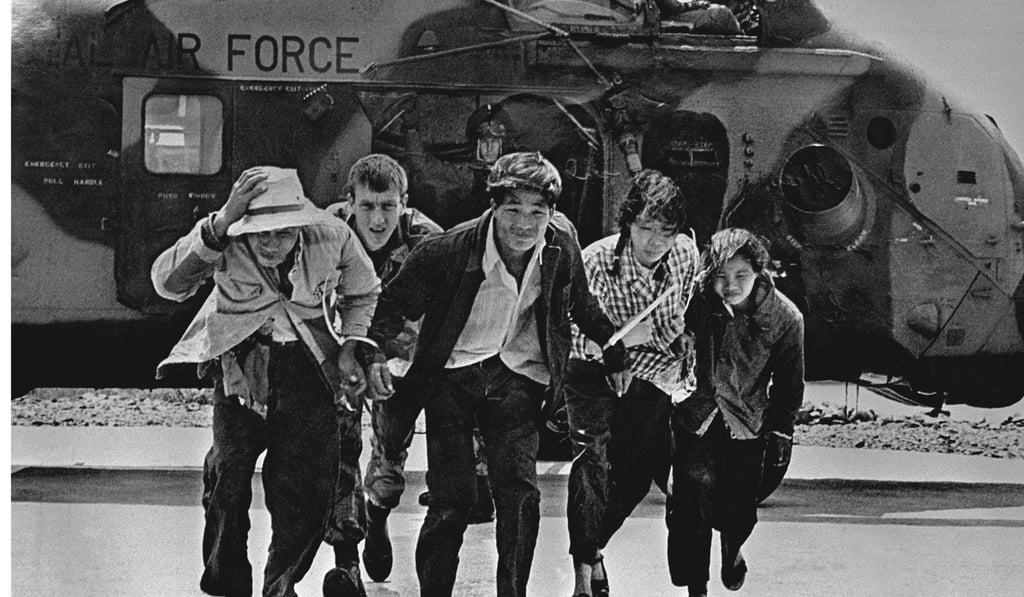Then & Now | What those disparaging PLA help in post-typhoon Macau forget: armies don’t do disaster relief to look good
Military aid for civilians in emergencies – like that offered to Hongkongers by British garrison in the past – is routine; that critics view PLA’s action after Typhoon Hato as PR exercise shows how little trust there is in government

Military assistance to a local civilian government – commonly known as “Military Aid to the Civil Community” – usually occurs during times of natural calamity, when additional reserves of manpower, resources, logistical support and technical expertise are required to assist an overwhelmed civilian administration.
Field Marshal Gerald Templer, in a famous speech delivered at the height of the Malayan Emergency, spoke of the importance of winning over “the hearts and minds” of the people, and this
phrase has been widely used ever since. In essence, Templer’s dictum has it that a country’s military exists primarily to help its people, whether by defending them in times of threat or by stepping in to provide aid when civilian authorities are unable to cope during peacetime.
Insulting or indispensable? PLA presence in Macau for Typhoon Hato clean-up welcomed by most, but not all
And so it was with disaster relief in Macau in the wake of Typhoon Hato, which left 26 people dead across the region last month and saw the resident PLA garrison in that city called out to assist in the clean-up. Given the lacklustre local government response, both when disaster struck and for days afterwards; the sorry charade of official buck-passing; and pitiable attempts to shut down comprehensive reporting of the aftermath, it is hard not to conclude that negative media coverage of the PLA call-out was a reflection of the civilian authorities’ inadequacies.
In Hong Kong, emergency assistance from the British garrison during severe flooding, typhoons, landslides or squatter-area fires formed a welcome part of colonial life. Once a typhoon looked imminent, the Queen’s Gurkha Engineers boat squadron, based at Perowne Barracks, at Castle Peak, was stood to; 28 Squadron RAF based at Shek Kong was likewise put on standby in case an emergency situation required assistance.

These well-documented facts are conveniently forgotten or downplayed these days to help score political points, or somehow illustrate just how bad “the good old days” were, in contrast to Hong Kong’s ever-more-rosy present and future.
